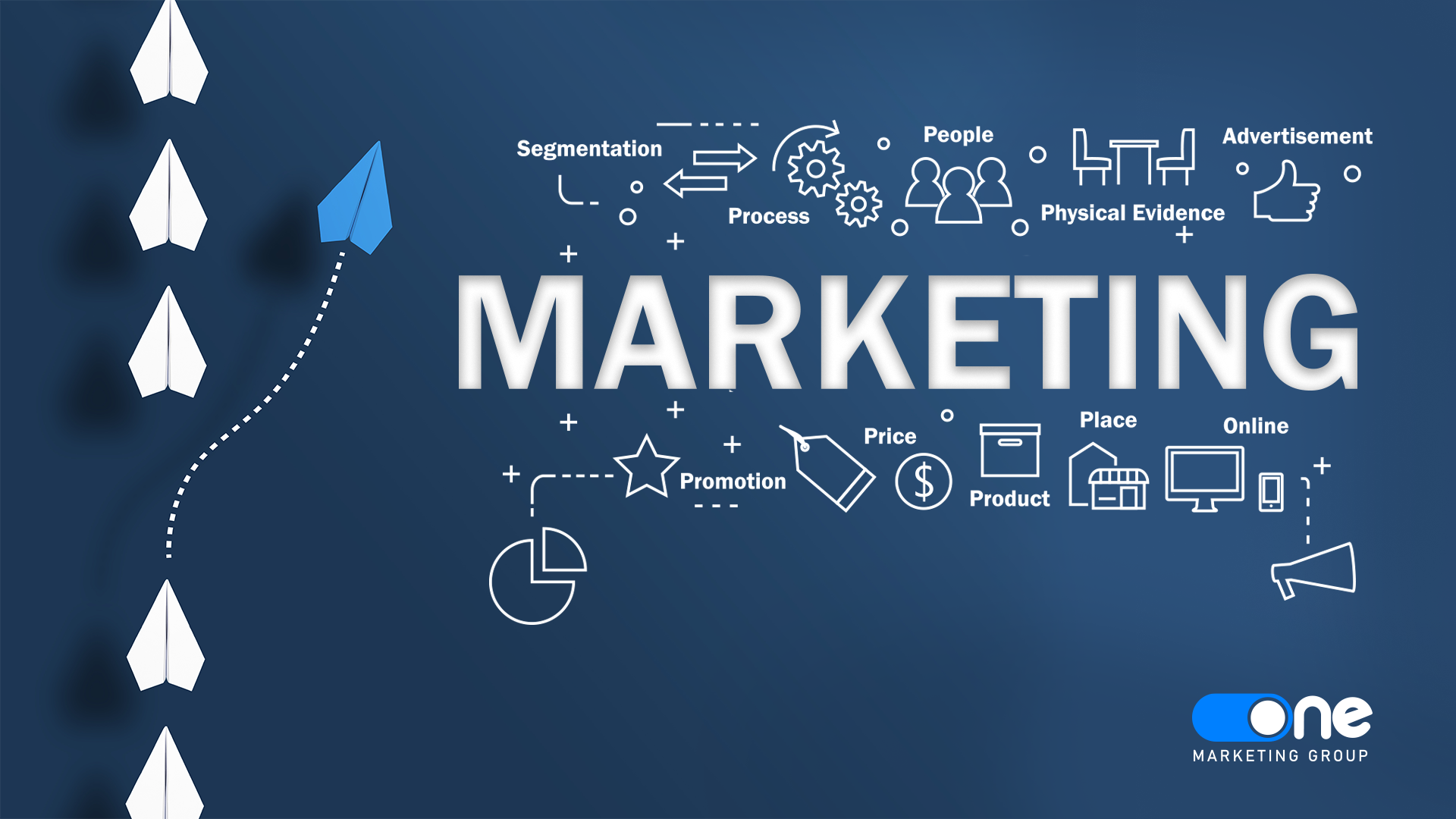
Maximize Business Impact with Targeted Advertising Strategies
- [email protected]
- October 9, 2024
- Uncategorized
- 0 Comments
Maximize Your Business Impact with Targeted Advertising: A Comprehensive Guide
In today’s digital landscape, businesses face an overwhelming number of options when it comes to advertising. However, the key to success isn’t just placing ads everywhere—it’s about ensuring your message reaches the right audience at the right time. This is where targeted advertising becomes a game-changer.
By focusing on your ideal customers and using data-driven insights, you can boost engagement, increase conversions, and get the most out of your advertising budget. In this guide, we’ll explore everything you need to know about targeted advertising and how it can drive growth for your business.
What is Targeted Advertising?
Targeted advertising is a strategy that involves placing ads in front of users who are most likely to be interested in your products or services. Instead of casting a wide net, this approach narrows down your audience based on various factors such as demographics, behavior, interests, and even past purchases. This method allows businesses to connect with the right people, resulting in higher engagement and a better return on investment (ROI).
Targeted ads can appear across multiple platforms, including social media, search engines, websites, and even email campaigns. The beauty of targeted advertising is its ability to reach users at different stages of the buying journey, guiding them from awareness to conversion with more efficiency.
The Benefits of Targeted Advertising
Increased Relevance
The primary benefit of targeted advertising is relevance. Your audience is much more likely to engage with an ad that feels tailored to their specific needs or interests. Instead of wasting money on a broad audience that may not convert, you’re spending your budget on users who are already inclined to be interested in your offer. This leads to higher click-through rates (CTR), lower bounce rates, and ultimately, increased sales.
Cost-Efficiency
Targeted advertising is also highly cost-efficient. Because you’re focusing your efforts on people who are more likely to convert, you’ll get better results without needing to overspend. This reduces wasted ad spend and improves your overall marketing ROI. With the ability to set specific budgets and refine targeting, businesses of all sizes can benefit from cost-effective campaigns.
Better Data and Insights
When you use targeted advertising, the data you collect can offer valuable insights into your audience. You’ll better understand their behavior, preferences, and how they interact with your brand. This information can inform not only future ad campaigns but also broader marketing strategies, product development, and customer service initiatives. By continually refining your targeting based on data, you can improve performance over time.
Personalization
In today’s world, personalization is a powerful marketing tool. Consumers are bombarded with ads daily, so an ad that speaks directly to them stands out. Targeted advertising allows you to personalize your messaging based on your audience’s needs and interests, creating a more meaningful connection with potential customers.
Types of Targeted Advertising
Demographic Targeting
One of the most common forms of targeted advertising is demographic targeting. This involves segmenting your audience based on factors like age, gender, income level, occupation, and education. For instance, a luxury brand might focus on users with higher income levels, while a children’s toy company may target parents with young kids. By aligning your ad content with specific demographic groups, you increase the chances of resonating with them.
Behavioral Targeting
Behavioral targeting is all about reaching users based on their online behavior. This includes their browsing history, past purchases, and interactions with your website or social media profiles. Platforms like Google and Facebook use complex algorithms to analyze this data, showing ads to users who have demonstrated interest in similar products or services. For example, if a user has been searching for fitness equipment, they might start seeing ads for gym memberships or workout gear.
Geographic Targeting
Geographic targeting focuses on reaching users based on their physical location. This is especially useful for local businesses or brands that offer region-specific products or services. With geographic targeting, you can tailor your ads to appear only to users in a particular city, state, or even a specific neighborhood. This ensures that your message is reaching people who are more likely to visit your store or make a purchase within your service area.
Contextual Targeting
Contextual targeting involves placing ads on websites or platforms that align with your product or service. For instance, if you sell outdoor gear, your ads may appear on websites or blogs related to camping, hiking, or adventure travel. By aligning your ads with relevant content, you increase the likelihood that users will engage with your message.
How to Implement Targeted Advertising for Your Business
1. Define Your Audience
The first step in implementing targeted advertising is defining your audience. Who are you trying to reach? Consider demographics, interests, behaviors, and even geographic locations. The more specific you can be, the more effective your ads will be.
2. Choose the Right Platforms
Once you’ve defined your audience, it’s important to choose the right platforms to reach them. Social media platforms like Facebook, Instagram, and LinkedIn offer highly advanced targeting options, while search engines like Google allow you to target users based on their search queries. Depending on your business, you might also explore email campaigns or programmatic advertising, which uses real-time data to place ads across various websites.
3. Create Engaging Ad Content
Your ad content should be tailored to your target audience. Use compelling visuals, strong calls to action, and personalized messaging to grab attention. Remember, people respond better to ads that feel relevant to them, so it’s essential to align your content with the needs and interests of your audience.
4. Monitor and Optimize
Targeted advertising is not a one-time effort—it requires constant monitoring and optimization. Keep an eye on key metrics like click-through rates, conversion rates, and ROI. Platforms like Google Ads and Facebook Ads Manager provide detailed reports, allowing you to track performance and make adjustments as needed. Regularly refining your targeting parameters and ad content will help you achieve better results over time.
Common Mistakes to Avoid in Targeted Advertising
Over-Targeting
While it’s important to narrow down your audience, being too specific can limit your reach and reduce your potential customer base. It’s crucial to strike a balance between targeting the right people and maintaining a broad enough audience to generate significant results.
Ignoring Ad Fatigue
When users see the same ad too many times, they may begin to ignore it or develop negative associations with your brand. This is known as ad fatigue. To avoid this, regularly refresh your ad creative and messaging to keep it fresh and engaging for your audience.
Neglecting Mobile Optimization
With more and more people accessing content through mobile devices, it’s critical to optimize your ads for mobile. Ensure that your visuals and copy are mobile-friendly and that your landing pages are responsive to avoid losing potential leads due to poor user experience.
Conclusion
Targeted advertising is a powerful tool for businesses looking to maximize their marketing impact. By focusing your efforts on reaching the right audience with personalized, relevant messaging, you can boost engagement, improve ROI, and drive conversions. With a data-driven approach and consistent optimization, targeted advertising can be a game-changer for your business.
Whether you’re just starting or looking to refine your current strategy, implementing targeted advertising is essential in today’s competitive digital environment.



